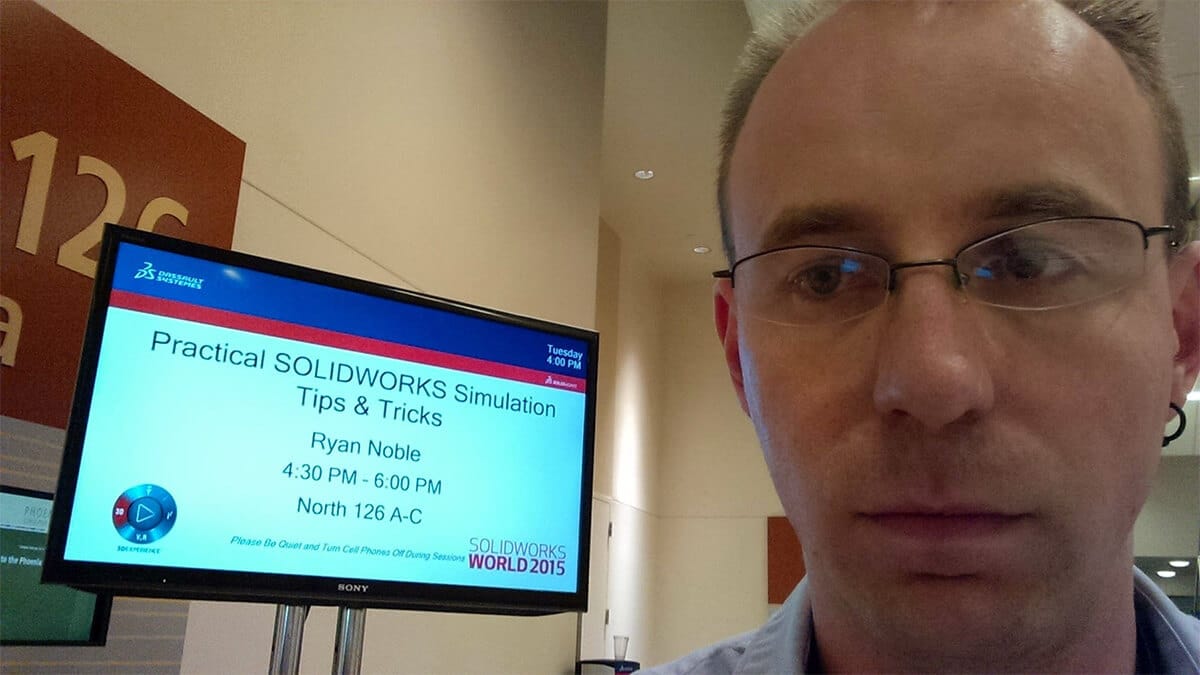Design for DIScomfort
September 20, 2016

Written By:
Ryan Noble | Team Lead – Product and Machine Design | CAE

At DISHER customers regularly ask me to design for comfort. From office chairs and automotive interiors to industrial and commercial equipment, the request is similar, “Develop something ergonomic, user-friendly, intuitive and comfortable.” Designing for comfort is challenging but enjoyable especially when you can witness the fruit of your labor.
Today I want to touch on designing for discomfort. I’m sure it seems like an odd topic, so I want to be clear that I’m no longer referring to product development but to the broader application of personal and professional development. The question is this… Why try something uncomfortable?
My first experience with deliberately pushing through discomfort came when I went away to college. My home life was great. I had the comfortable options of attending a local school or not furthering my education at all. I could have kept the same friends, the same scenery, and the same status quo. Instead I pushed myself into an unfamiliar place with no friends surrounded by razor wire. No, it wasn’t a prison… but it was a college campus in Flint, Michigan (the razor wire was for student protection, not containment!). Regardless, it was NOT comfortable. After six years of schooling, two degrees, and the start of an enjoyable career, I have come to understand that forgoing comfort for the sake of something new and challenging can be extremely rewarding.
Fast forward ten years and several uncomfortable experiences later and I find myself actively identifying areas of my life which are too comfortable only so I can make a change. For example, I have volunteered to give technical presentations at SolidWorks World. SolidWorks World is an annual conference attended by ~5,000 engineers and designers from around the globe. Getting in front of 100+ peers to deliver 90-minutes worth of technical content is initially not a comfortable experience. In fact, I was down-right terrified the first time I presented and I certainly stumbled through the content. Each time since has become significantly easier, more natural, and more comfortable. Serving in this capacity was not a job requirement but a great way to actively represent DISHER while taking a giant leap outside of my comfort zone. As a result, my comfort zone has grown which has directly increased my effectiveness personally and as a representative of DISHER.
As a personal example of embracing discomfort, I recently took an international mission trip to teach a week-long STEM curriculum to 33 middle school students. I don’t get excited about international travel and flying across an ocean to deliver nerdy content to a room full of young teenagers can be intimidating. I have plenty to do at home, including delivering nerdy content to my own kids— but home is comfortable. It would have been easy to stay home but that would have drastically limited my effectiveness. In his book “The 21 Irrefutable Laws of Leadership”, John C. Maxwell refers to this principle as “The Law of the Lid”. Essentially, our effectiveness is a combination of our dedication to success and our leadership ability. For a given dedication to success, our effectiveness is multiplied by an increase of leadership (action) or left stagnant by an absence of leadership (inaction). As a side benefit to my own personal growth, I hope to have set an example for others (especially the 33 middle school students and my own children) to welcome uncomfortable experiences.
Many times we avoid opportunities for growth because we fear the discomfort and pain associated with potential failure. Our society has become competitive to the point that failure means you can’t do something, you’re not good enough, and you should give up. It can cause us to freeze up and not act. Robert F. Kennedy addressed this when he stated “Only those who dare to fail greatly can ever achieve greatly.” Too often the fear of failure is greater than our desire for success. The desire for greatness in an area does not guarantee success, but it can give you the confidence to try. If you try, you may succeed or you may fail— but if you don’t try you certainly won’t succeed.
Let’s return to the original question: Why try something uncomfortable? The answer is surprisingly simple. Overcoming an uncomfortable or challenging situation increases your impact. Whether your mission is to make a positive difference, share STEM with students in a foreign country, or set an example for future generations, simply sitting in a comfy chair isn’t utilizing your full potential. So, make yourself uncomfortable and change the world!
Written By: Ryan Noble, Team Lead – Product & Machine Design
Ryan is a seasoned mechanical engineer with substantial experience in machine and product development. He’s a continual learner and teacher/coach, welcoming constructive criticism to satisfy an insatiable desire for excellence.




